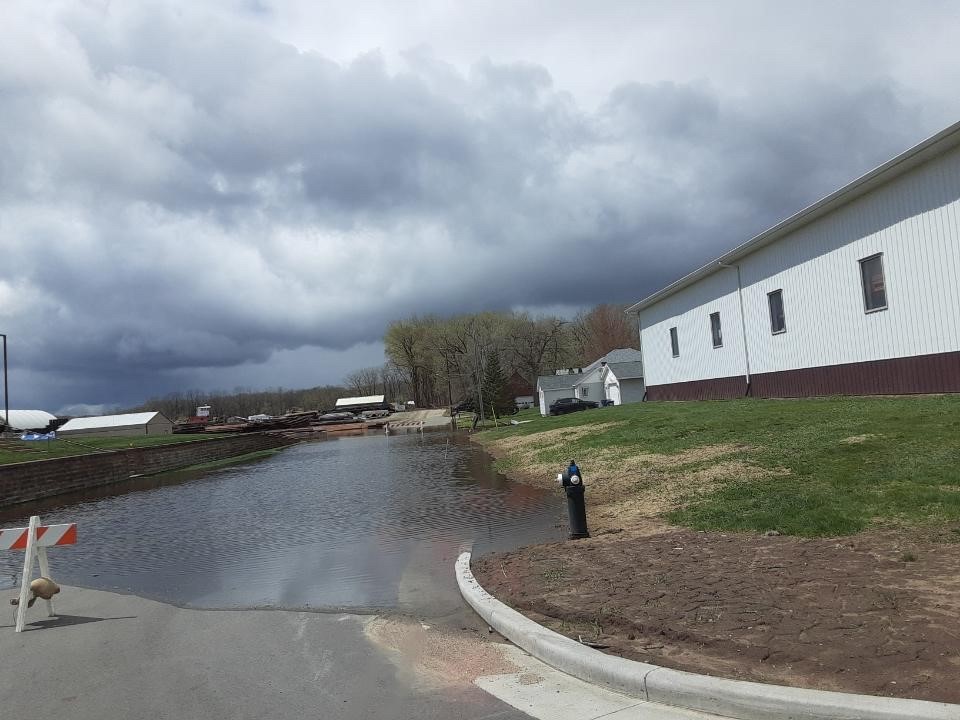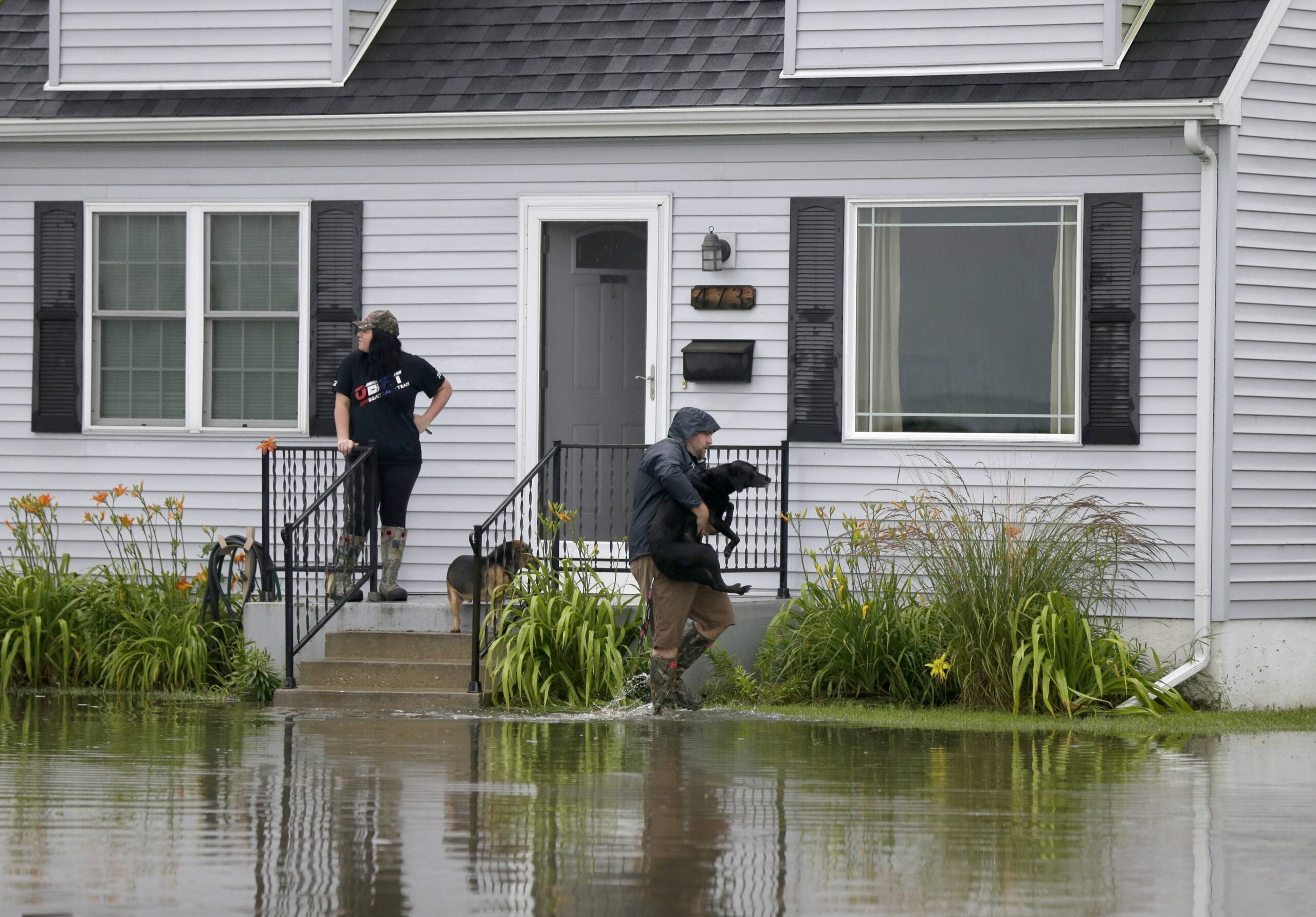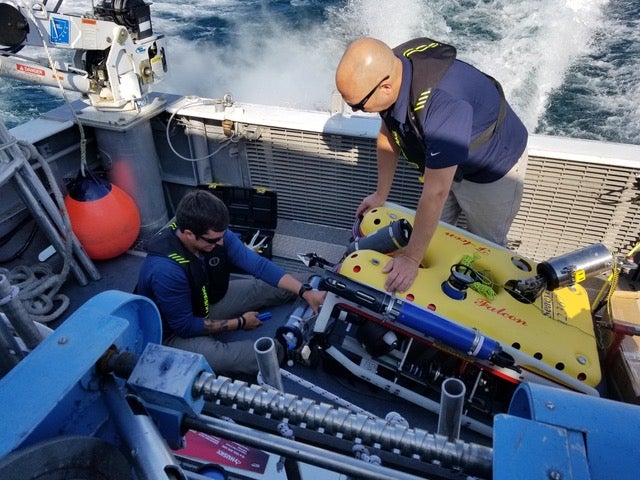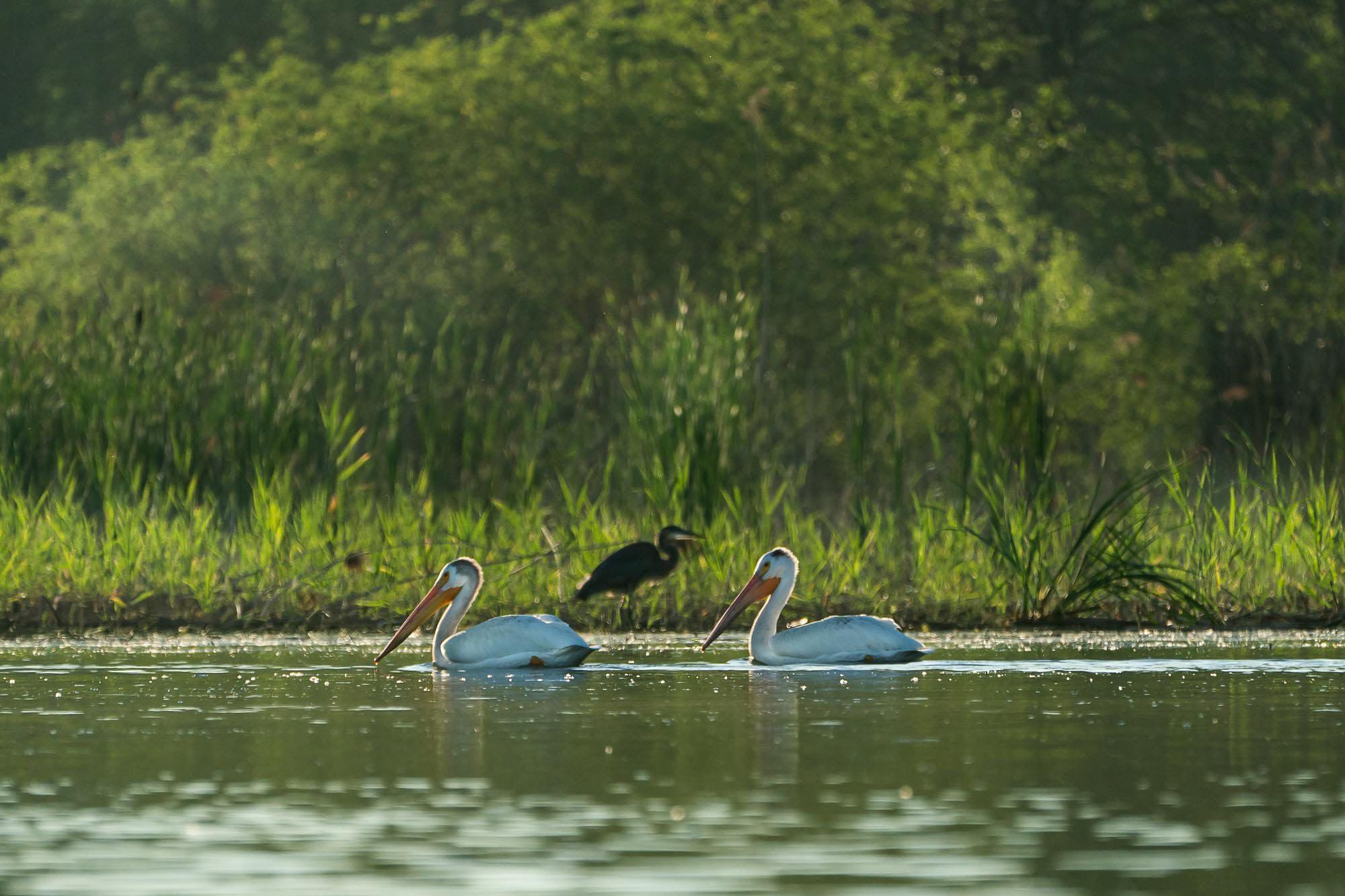Whether it’s floods, earthquakes or wildfires, people living in disaster zones now face an agonizing choice: rebuild or relocate?
Urban planner Brian Stone Jr. says we need radical new thinking for our cities to survive.
Stone is a professor and director of the Urban Climate Lab at Georgia Institute of Technology, and author of the book “Radical Adaptation: Transforming Cities for a Climate Changed World.”
Stay informed on the latest news
Sign up for WPR’s email newsletter.
He talked with Shannon Henry Kleiber on “To The Best Of Our Knowledge.”
This interview was edited for clarity and length.
Shannon Henry Kleiber: We’re at this moment where wildfires and droughts and floods and so many different disasters have become this terrifying but almost regular part of our lives. Often after, people say, “We’re going to rebuild,” as an act of resilience. But you’ve written that rebuilding disaster prone areas is lunacy. Why do you think it’s that much of a bad idea?
Brian Stone: So I’ll contextualize this in that what’s ongoing in Los Angeles now, because I think it’s pretty salient. 2024 was not only the hottest year of all time, but we have surpassed this critical threshold of 1.5 degrees Celsius that had been established by both the global scientific community and the climate policy communities as this bright line we did not want to cross. And we’ve just crossed it.
We can look at where preparedness could have been better. But the major issue here is that Los Angeles has not had really any rain since May. It’s incredibly dry. We’re coming off the hottest year that we’ve ever experienced. And there really is no way to defend against these kind of disruptive climate events, whether it’s wildfires, sea level rise or droughts.
I think we have to give serious consideration to not whether we build back, but where we build back — and how that rebuilding can not only restore some communities but enhance resilience for the next event. This isn’t specific to California. This is everywhere in the United States.
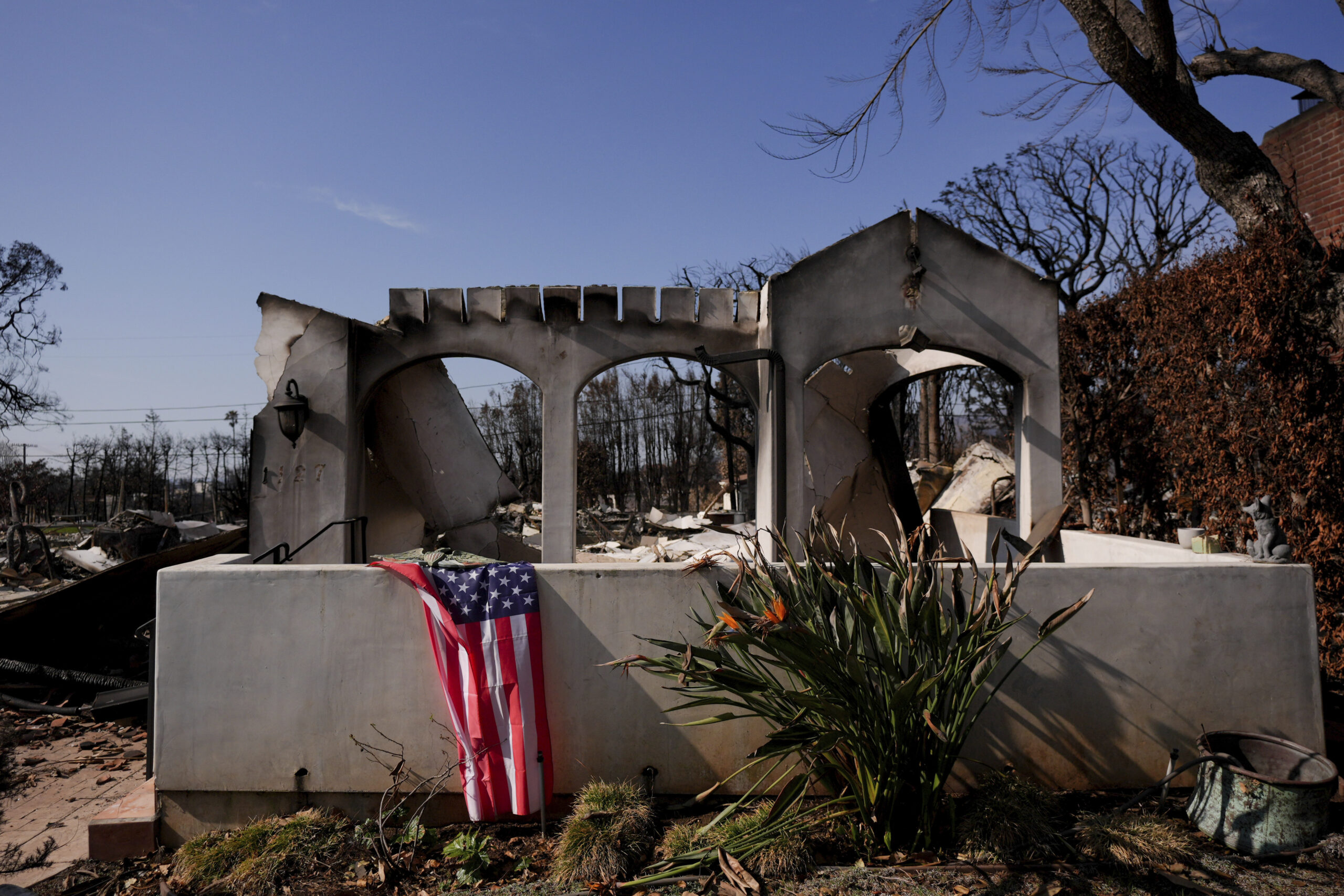
SHK: It’s so tough to think about people having to give up their home where they have their culture and their traditions or more practically, their job, their connections. How do you tell someone who’s in Fort Myers or Los Angeles or New Orleans, “You should move somewhere else”?
BS: I fully recognize how challenging this is and that people are grieving right now. They’re grieving for the community and grieving for their homes, and in some cases are grieving for family members that have been lost. So this is the absolute worst time to have a public conversation about how to rebuild and where to rebuild. But we have the information.
We already knew that many of these areas that burned in Los Angeles were the highest risk zone. Some of them had burned before, and we’d already seen private insurers in large numbers pull out of these areas.
That’s a really important market signal. Private insurers are unwilling to insure your property at any premium level because the risk is so high. We have new state supported entities that will do this, but they only do this by spreading the risk amongst those who live both within these high risk zones and outside of them. And so if those who live outside the highest risk zones are going to shoulder some of the responsibility for the cost of rebuilding, we need to have a larger public dialogue about what level of risk we’re willing to tolerate.
SHK: Do you think it’s time to start thinking differently about home ownership and the American dream of owning your own home? And, philosophically, the idea of being able to live in another place?
BS: We don’t have protocols for deconstruction. We’ve been a nation of expansionary thinking of colonial expansion — frontierism — and we really are running into the limits of that. The zone of our habitable land in just the United States is shrinking right now. It’s shrinking as the oceans rise. We have less land we can develop and we’re not going to get it back anytime soon. And it’s shrinking in terms of our burn zones. We have areas in Arizona, for example, where there’s just not sufficient water to support new residential development. So it’s being put on hold.
The American frontier, like it or not, is physically shrinking. And I think an appropriate response to that is to think about our cultural traditions, about whether we can expect to remain physically rooted in one place for the entirety of our lives. Because climate change for most people is showing up not as hurricane force winds, but as economic disaster.
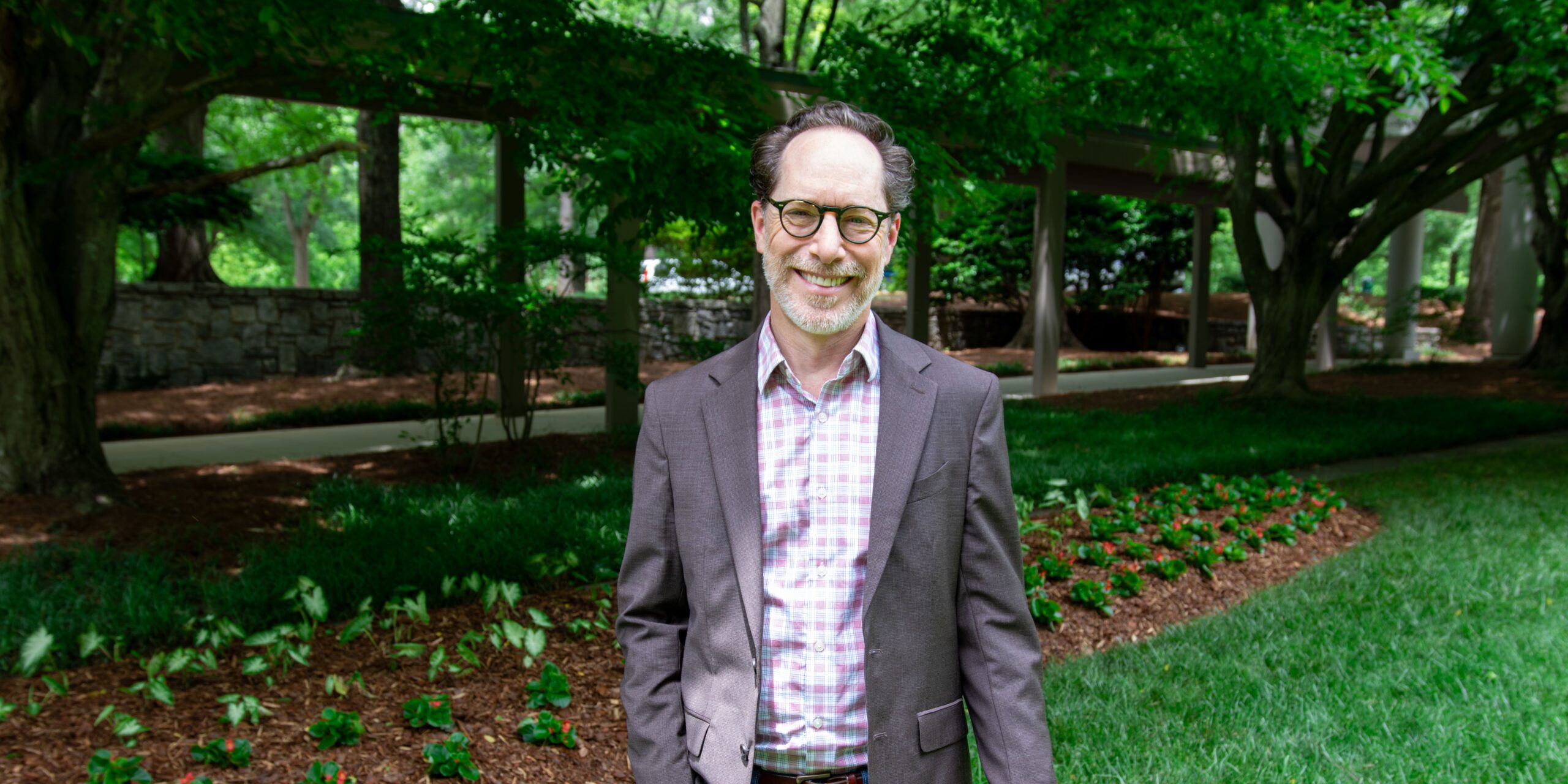
SHK: Can you take us through what deconstruction would look like? Because I think that is a little unfamiliar. We might know about eminent domain and the idea our house being taken over, even if we might not want it to be. But that’s not exactly what we’re talking about here, right?
BS: Yeah. Deconsctruction can be relocating residents and homes in advance or in the aftermath of a disaster and be given fair market value. Pre-impact is a very viable and attractive option. I don’t know if many people who rebuild in L.A. will be able to get private property insurance. That said, I’m envisioning a four-step planned retreat if we want to pursue this.
The first is just mapping — identifying where the high risk zones are. We largely have that. You know, FEMA floodplains are widely available, critical for determining whether you need flood insurance, and that’s critical for getting a mortgage. They’re not perfect, but it is a federal resource. We’re capable of mapping, whether it’s flood risk, wildfire risk or drought risk.
Once those are established, then we need determine what are the standards, where we would like to see retreat in one zone. And that’s really up to communities to play a role in that.
Then, what are the resources that are going to fund this? One of those resources is a new tool that is becoming more widespread, and that’s Superfund for a climate disaster — having some of the fossil energy companies pay in to help recover from these disasters. And we have several states now that have passed this legislation.
And then where we decide it’s useful to relocate, we have to assemble the land, to relocate the families to locations that have greater resilience and that keep those families whole economically and in terms of community where possible. We have some examples of this.
The last thing, and I think it’s really critical, is that if we do acquire land with public funds and relocate families and have them go through that process, it’s really critical that this land become not just a levy or our fuel break, but that it’s open to public use and becomes an amenity. And so we’ve seen that in the aftermath of the campfire in Paradise, California, big fuel breaks that are now public land and they’re there for recreation and biking and all kinds of uses.
Those are the key steps. It’s a framework that we can pursue. Ideally, we would have federal agencies working with state and local governments to do this. But I don’t think we’re going to have that in the near term. So I think it’s critical for states to consider pursuing this on their own.
SHK: So the four steps you just went through, I can picture it, but it’s really radical. This is a radical reimagining of the country. I think it sounds like a real plan, but is this going to happen?
BS: I think it will happen. We have precedents for this in other parts of the world. But just to respond to the notion this is radical: It is absolutely radical.
There’s another program I’ll mention just because we’re on the topic about how to structure a retreat program. And that’s from the Netherlands, in a country that is largely below sea level. The Dutch are amazing engineers and over literally hundreds of years have developed infrastructure even involving their famous iconic windmills that are designed to pump water over levees and drain land and also help control flooding.
There were some really catastrophic flooding events. One in the 1950s and more recently in the last 20 to 30 years, where the Dutch had just realized there was no engineering their way out of sea level rise.
And so they were going to need to think about whether some levees need to be deconstructed along large rivers and whether some of those levees were actually increasing risk. And we see this in New Orleans, too.
So the Dutch decided — in a very famous now plan that translates as “Room for the River” —to acknowledge that the river needed to have an expanded floodplain and that these large levees were narrowing the floodplain and they were increasing the likelihood of flash flooding. So they moved their levees back in many instances by a very long way to expand the natural floodway, the channel. And they had to relocate entire communities to do that. And they gave themselves many years to do it.
In this example, communities were not given a choice. They were given fair market value through a process of eminent domain. There were attempts to move entire communities together if that was desired. But it wasn’t a choice because it was seen as a critical action to protect the larger communities. Here in the United States now, we’re having much more extreme flooding events than the Dutch.

